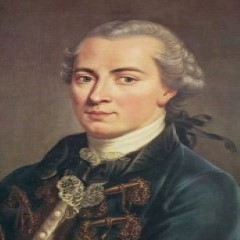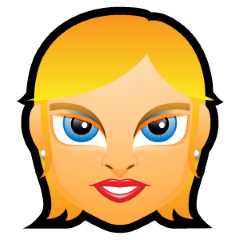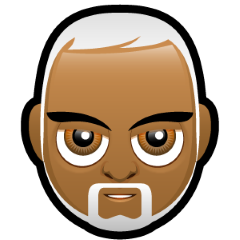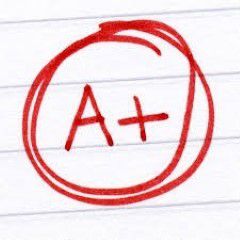STATQuestion Complete Solution
Question 1.1.(TCO 4) Which of the following is one of the categories of manufacturing inventory?(Points : 3)
Economic Order Inventory
Work-in-process
Quality units
JIT Inventory
Re-order point
Question 2.2.(TCO 4) When developing inventory cost models, which of the following are not included as costs to place an order?(Points : 3)
Phone calls
Taxes
Clerical
Calculating quantity to order
Postage
Question 3.3.(TCO 4) In making any decision that affects inventory size, which of the following costs do not need to be considered?(Points : 3)
Holding costs
Setup costs
Ordering costs
Fixed costs
Shortage costs
Question 4.4.(TCO 4) Which of the following are fixed-order quantity inventory models?(Points : 3)
Economic order quantity model
The ABC model
Periodic replenishment model
Cycle counting model
P model
Question 5.5.(TCO 4) Which of the following is the set of all cost components that make up the fixed-order quantity total annual cost (TC) function?(Points : 3)
Annual purchasing cost, annual ordering cost, fixed cost
Annual holding cost, annual ordering cost, unit cost
Annual holding cost, annual ordering cost, annual purchasing cost
Annual lead time cost, annual holding cost, annual purchasing cost
Annual unit cost, annual set up cost, annual purchasing cost
Question 6.6.(TCO 4) If annual demand is 50,000 units, the ordering cost is $25 per order, and the holding cost is $5 per unit per year, which of the following is the optimal order quantity using the fixed-order quantity model?(Points : 3)
909
707
634
500
141
Question 7.7.(TCO 4) If the average aggregate inventory value is $100,000 and the cost of goods sold is $450,000, which of the following is inventory turnover?(Points : 3)
19.23
4.5
0.8654
0.2222
None of the above
Question 8.8.(TCO 3) In Hau Lee's uncertainty framework to classify supply chains, a supply chain for functional products with a stable supply process is called which of the following?(Points : 3)
Efficient
Forward looking
Agile
Risk hedging
Responsive
Question 9.9.(TCO 3) Which of the following is an organizationally driven reason for outsourcing?(Points : 3)
Improve effectiveness by focusing on what the firm does best
Turn fixed costs into variable costs
Reduce costs through lowered cost structure and increased flexibility
Improve risk management
Improve credibility and image by associating with superior providers
Question 10.10.(TCO 3) Which of the following is an improvement-driven reason for outsourcing?(Points : 3)
Shorten cycle time
Improve effectiveness by focusing on what the firm does best
Increase product and service value by improving response to customer needs
Turn fixed costs into variable costs
Reduce costs through a lower cost structure
STATQuestion Complete Solution
1.) Active consumers make up 13.6% of the market and spend an average of $ 16.23 per month on your product. Passive consumers make up 23.8% of the market and spend $ 9.85. The remaining consumers have average spending of $ 14.77. Find the average spending for all consumers.
2.) A survey of 613 representative people within your current area indicates that they plan to spend a total of $ 2,135 on your products next year. You are considering expansion to a new city with 2.1 million people.
a. Find the average expenditure per person based on the survey of your current area.
b. If you can gain the same market presence in the new city that you have in your current area, what annual sales level do you expect?
c. If you expect to gain in the new city only 60% of the market presence in your current area, what annual sales level do you expect?
3.) Here are weights of recently produced sinks: 20.8, 20.9, 19.5, 20.8, 20.0, 19.8, 20.1, 20.5, 19.8, 20.3, 20.0, 19.7, 20.3, 19.5, 20.2, 20.2, 19.5, 20.5 Find the usual summary measure that tells approximately how far from average these weights are.
4.) Here are first-year sales (in thousands) for some recent new product introductions that are similar to one you are considering.
10, 12, 16, 47, 39, 22, 10, 29
a. Find the average and standard deviation. Interpret the standard deviation.
b. After you went ahead with the product introduction you were considering, it turned out to have first-year sales of 38 (thousand). How far from average is this? Compare this answer to the standard deviation.
c. The next new product introduction rang up 92 (thousand) the first year. How many standard deviations (from part a) is this from the average (also from part a)?
d. For the new product introductions of parts b and c, say whether each is typical for your firm a...






Tutormaster
Senior JournalistSell Your Solution Report Solution Support Center
Online Users
-
 Tutormaster
Today
Tutormaster
Today



A+ - Thank you!
Thanks for the positive feedback!